Amid the scars of the 2020 war, Nagorno-Karabakh tries to heal
A war last year between Azerbaijan and the self-declared Republic of Artsakh left thousands dead and displaced. Photographer Christophe Petit Tesson visits the troubled region still reeling from destruction
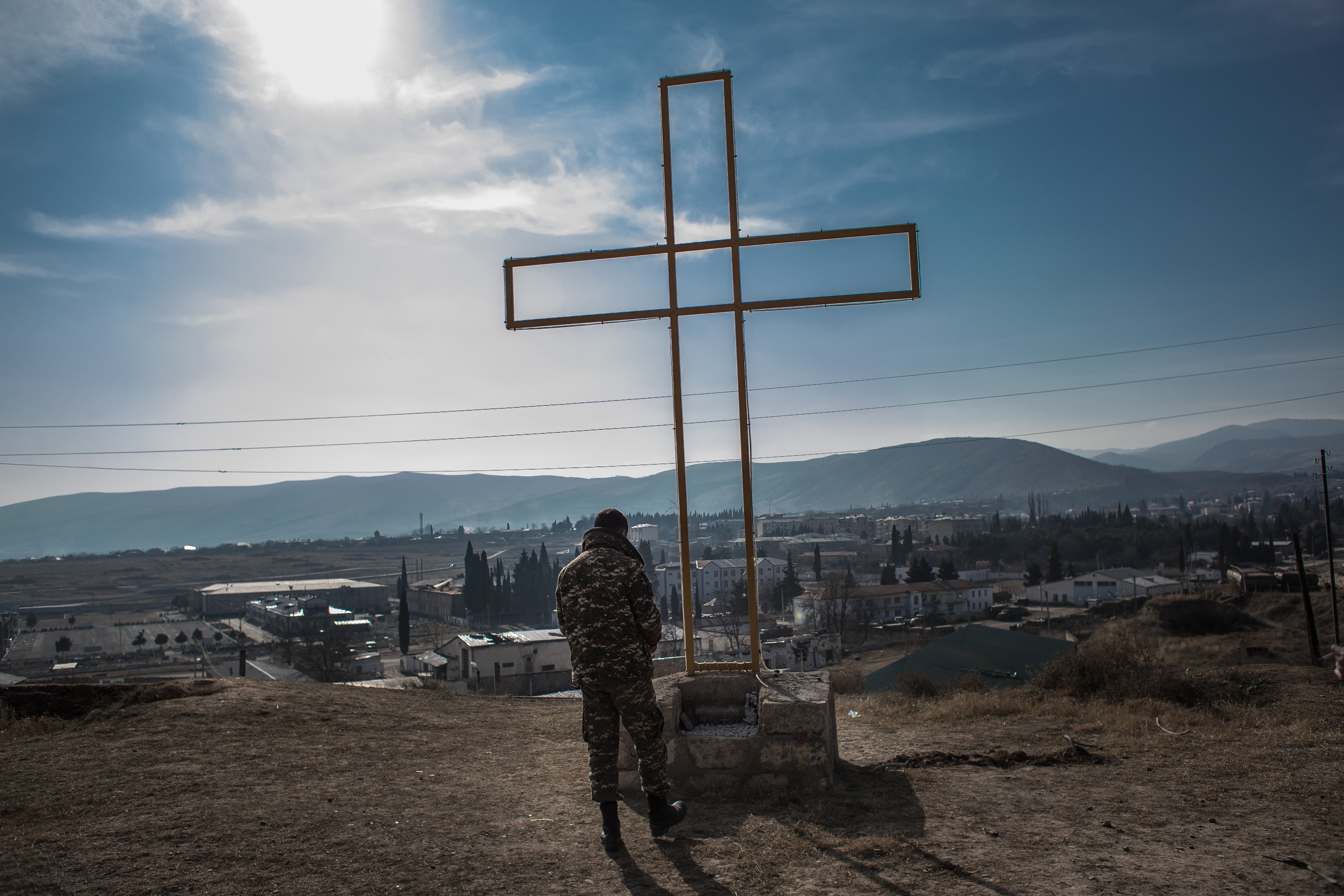
Your support helps us to tell the story
From reproductive rights to climate change to Big Tech, The Independent is on the ground when the story is developing. Whether it's investigating the financials of Elon Musk's pro-Trump PAC or producing our latest documentary, 'The A Word', which shines a light on the American women fighting for reproductive rights, we know how important it is to parse out the facts from the messaging.
At such a critical moment in US history, we need reporters on the ground. Your donation allows us to keep sending journalists to speak to both sides of the story.
The Independent is trusted by Americans across the entire political spectrum. And unlike many other quality news outlets, we choose not to lock Americans out of our reporting and analysis with paywalls. We believe quality journalism should be available to everyone, paid for by those who can afford it.
Your support makes all the difference.In Nagorno Karabakh, life is returning to normal after the 44-day war between September and November last year that killed 5,000 and created thousands of displaced people and refugees.
But some things are still far from what they used to be in the self-declared Republic of Artsakh (Nagorno-Karabakh), a territory mostly home to ethnic Armenians that the Soviets allocated to Azerbaijan in 1921. It is recognised as Azerbaijani by the international community.
Soldiers stranded in abandoned military positions, schools housing orphans and the children of refugees, villagers in need of aid and the evident scars of a war that has brought 2,000 Russian peacekeepers to monitor the ceasefire agreed in the middle of the night on 10 November are now part of the landscape in this troubled region.
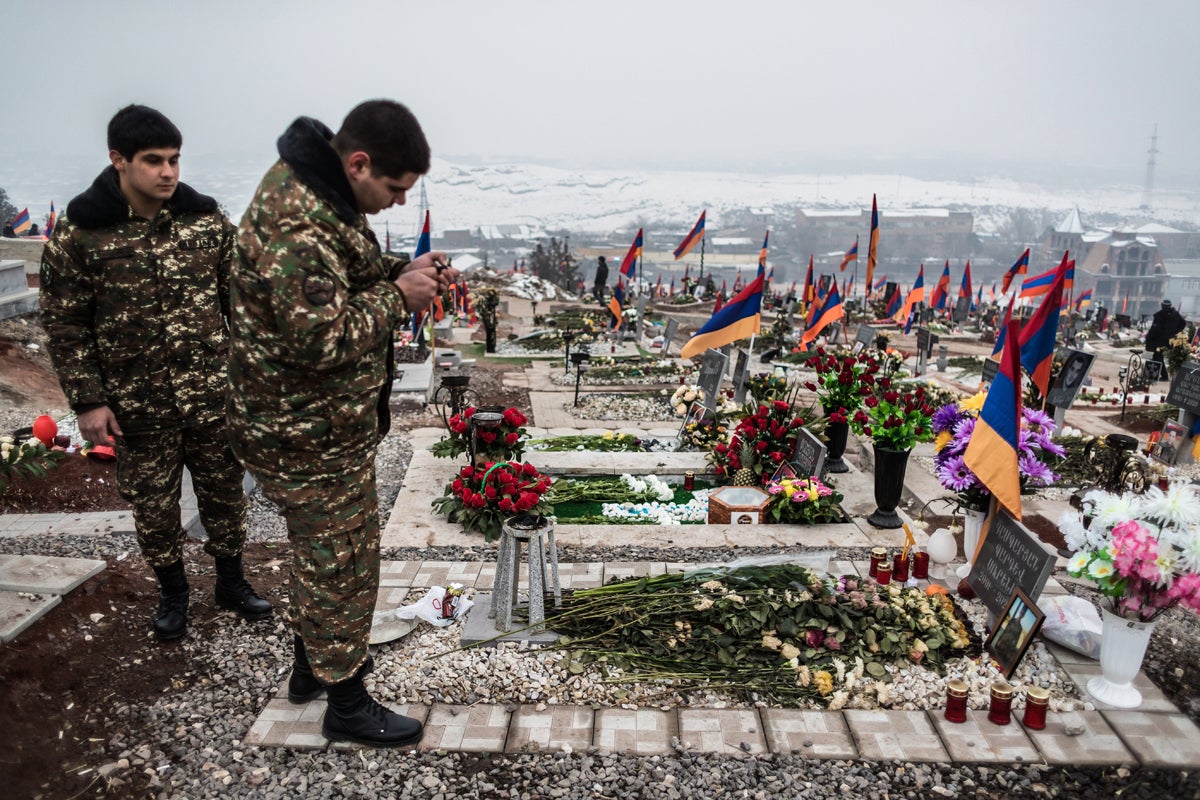
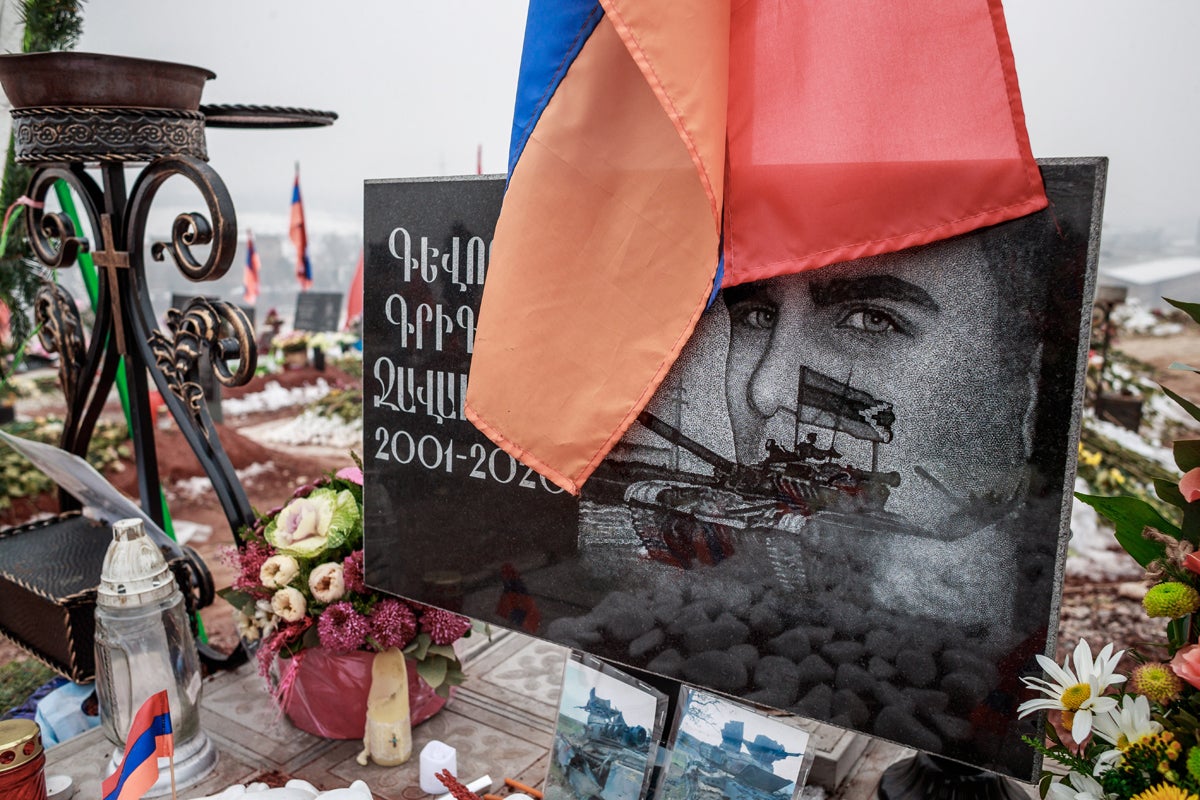
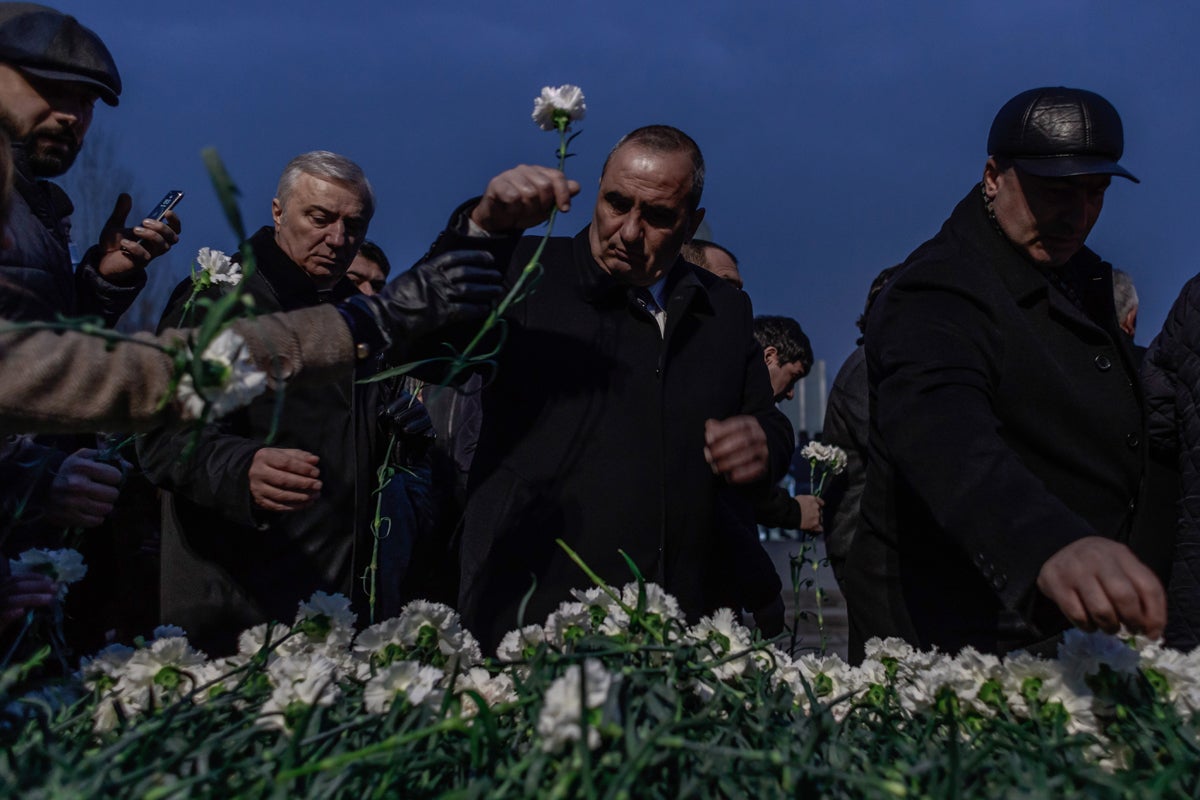
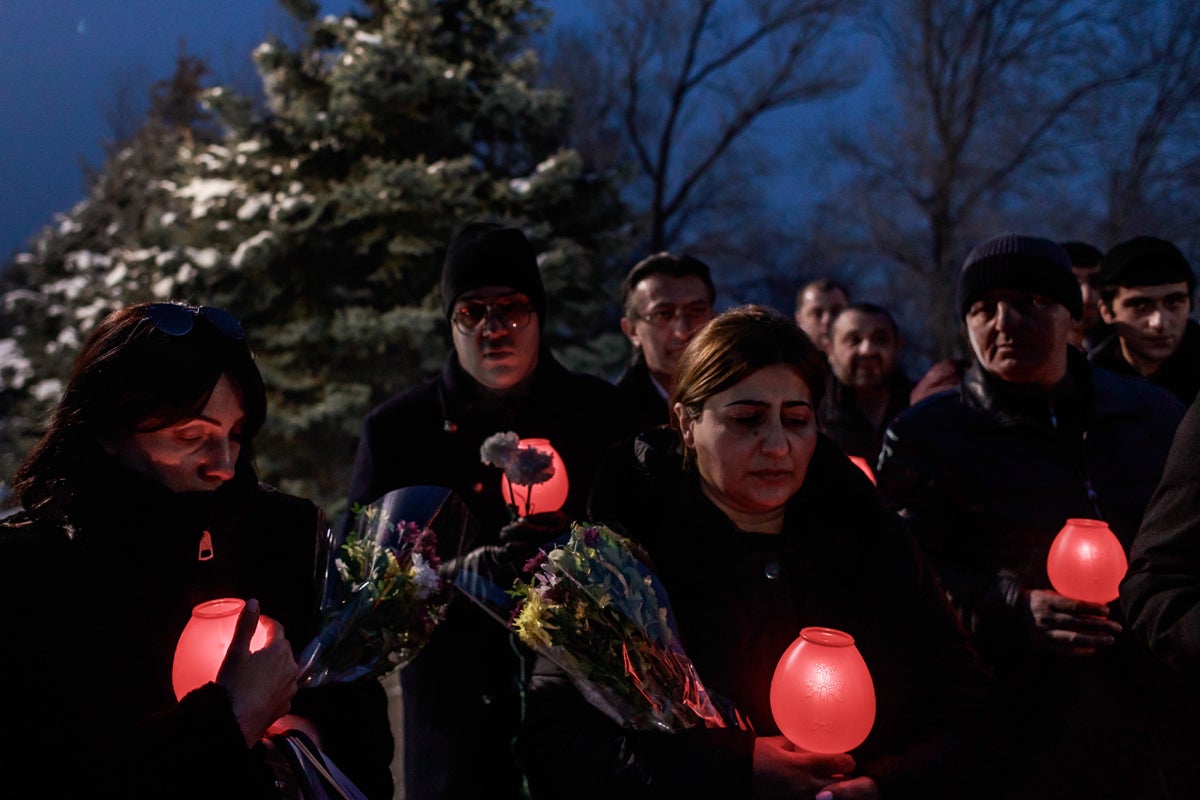
Months after the end of the war Nagorno-Karabakh is no longer in the headlines but a visit to the military cemeteries in Yerevan, the Armenian capital, where entire families mourn their dead, wandering among recently filled graves, is enough to learn about the impact of the conflict that ravaged the area.
Vahan and Erik, two young soldiers in uniform, pay tribute to their fallen comrade Parkev Kasparian, 19. Facing the tomb, they tell the story of how he died during a tank battle in Mardakert, tearfully asking him for forgiveness. Nearby, sitting on a grave, Katia, cries for a 20-year-old friend who was killed in Djibrail on the southern front. His portrait is engraved on the headstone.
Two months after the end of hostilities, empty graves are still open, waiting to receive the bodies still coming from the front.
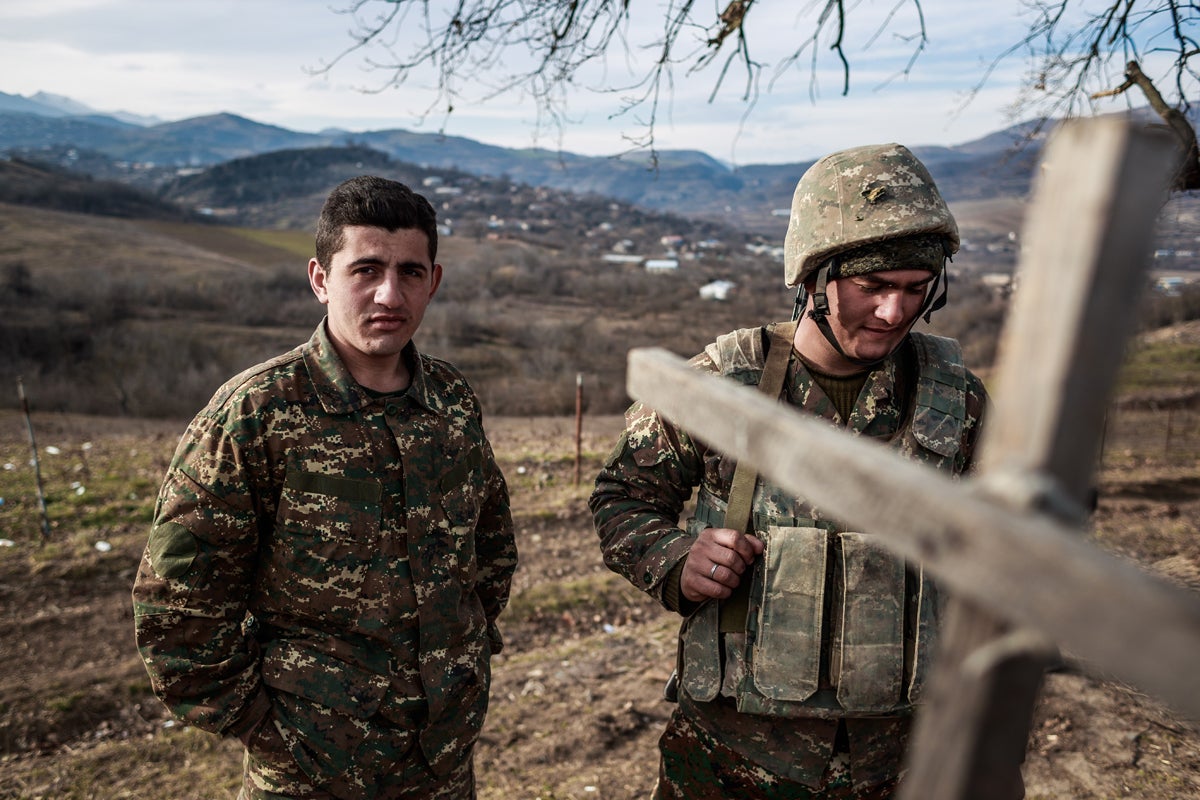
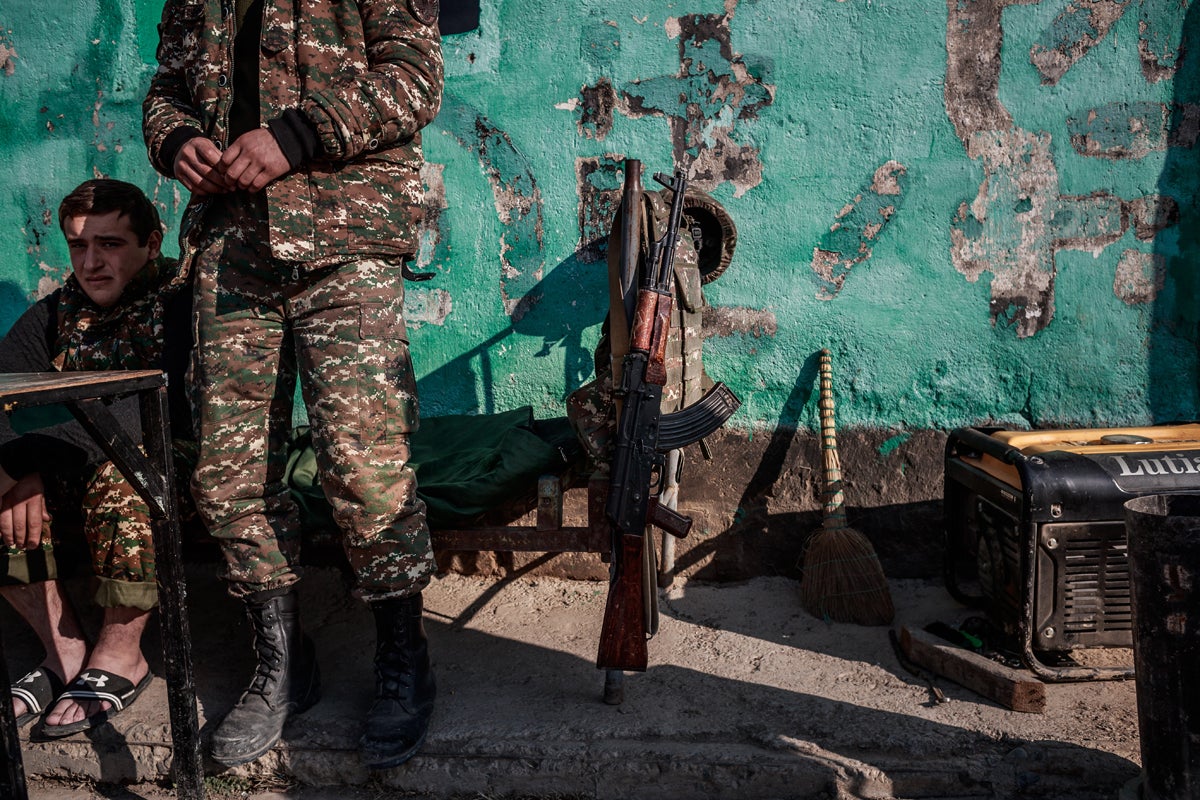
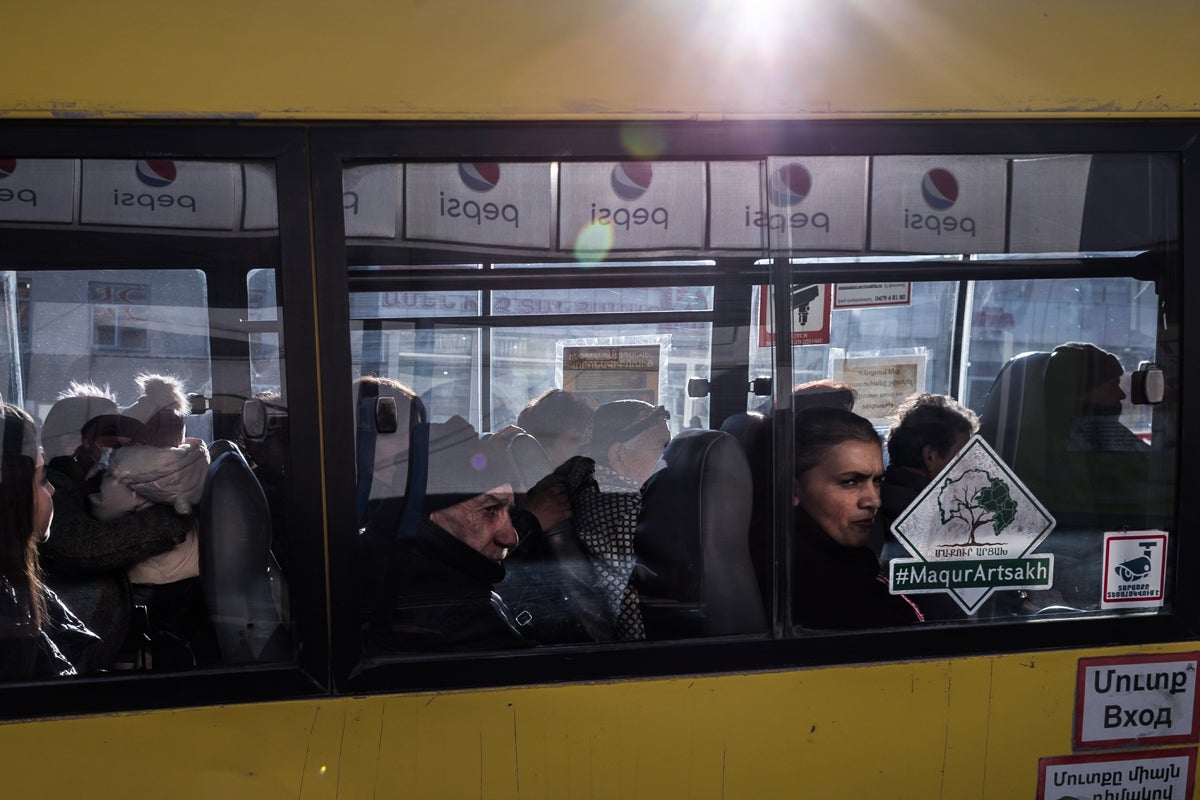
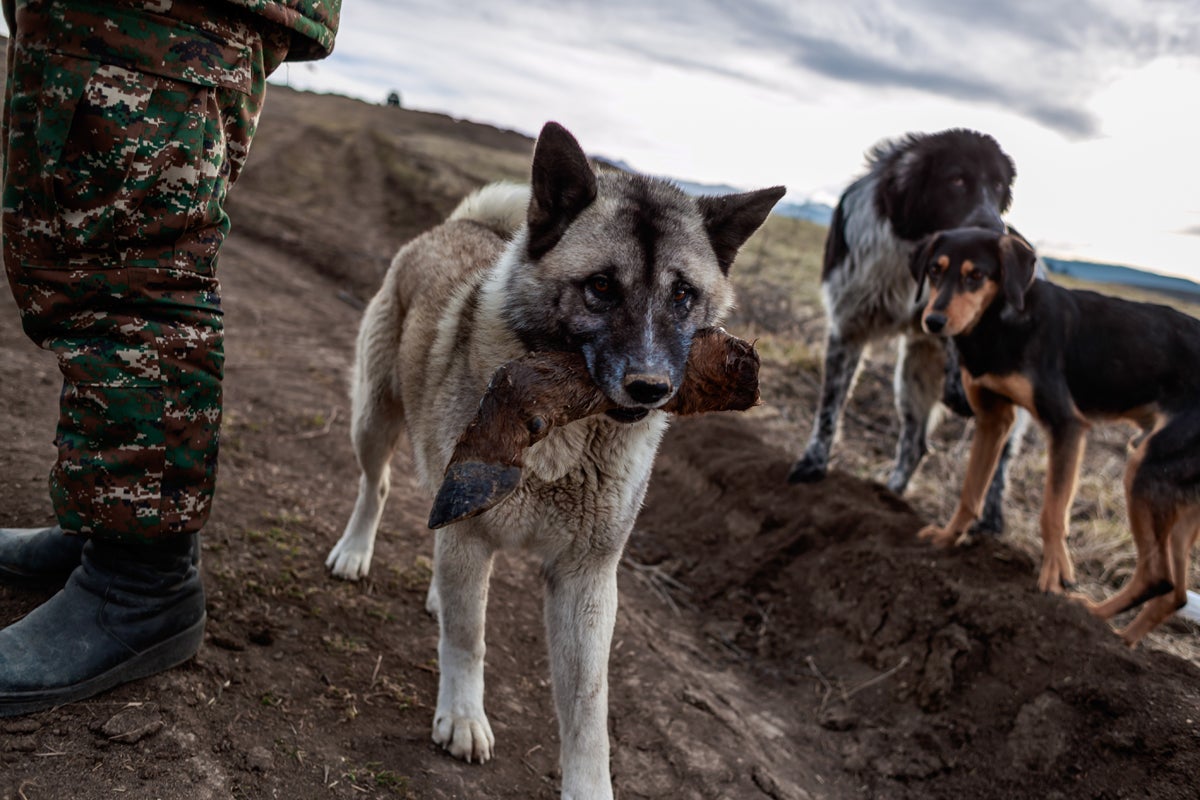
Abandoned Army
Much of the Karabakh army has all but abandoned the area. Until recently, journalists could not access these positions, but now the officers have left. Near Martuni, an eastern city of Nagorno-Karabakh, Hamlet and his soldier comrades are delighted to have guests as they wait for word on when they will finally be relieved. Their superiors do not tell them anything, they say. Their only visitors are stray dogs and the boy from the next farm along. In the ditches which serve as their trenches, Hamlet says that many comrades fell under the drones’ shelling. The Armenians had not anticipated that kind of weapon and technology. The ruins of the surrounding buildings are a testament to his words.
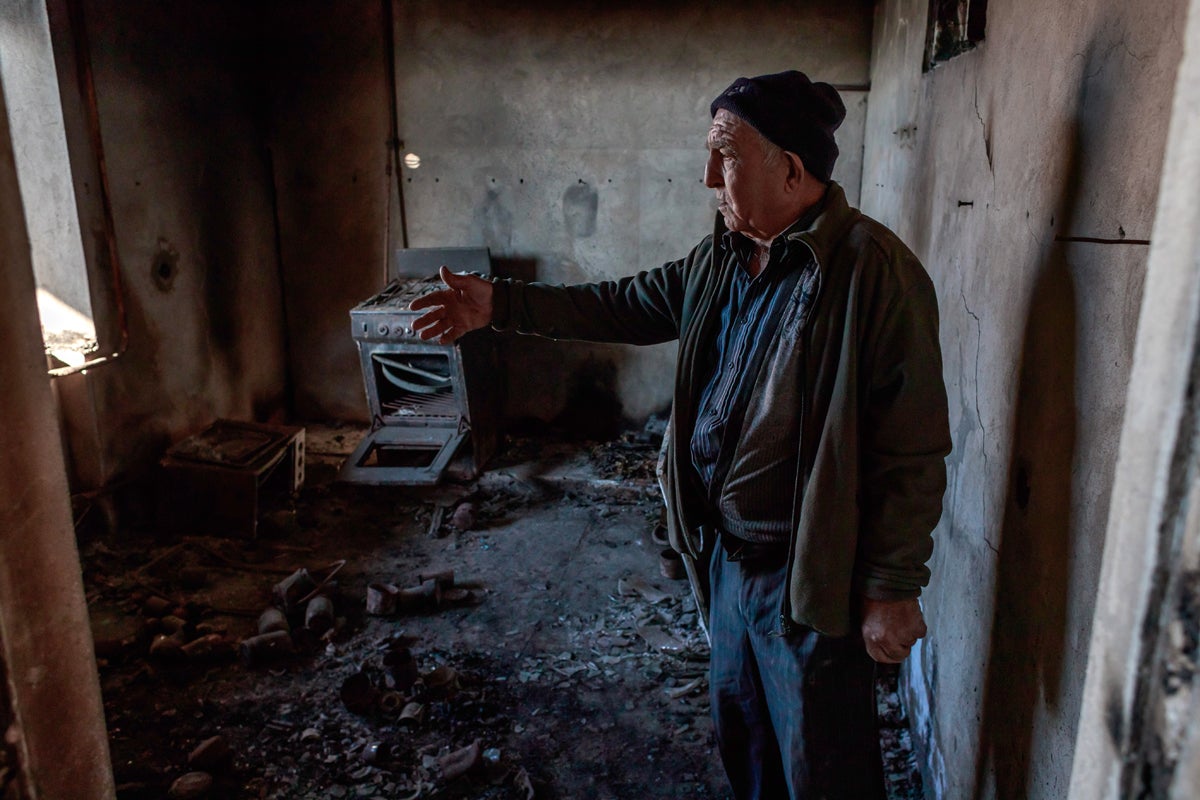
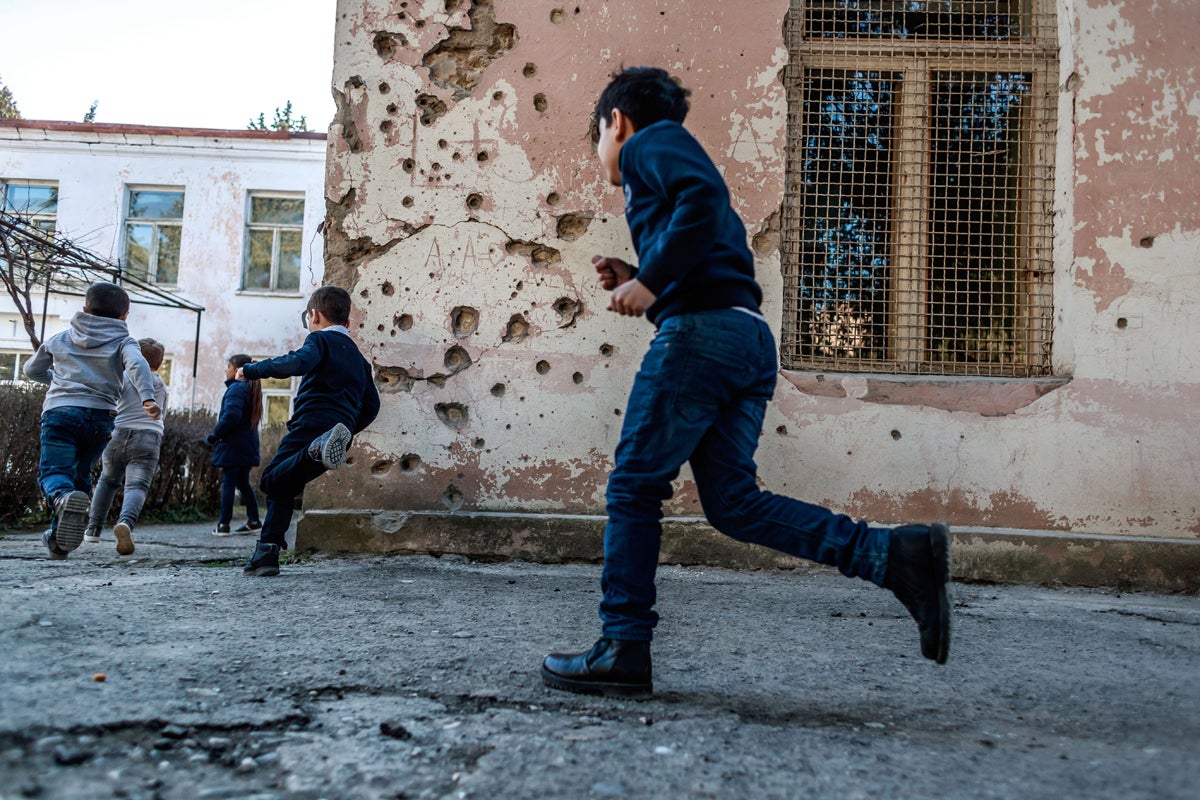
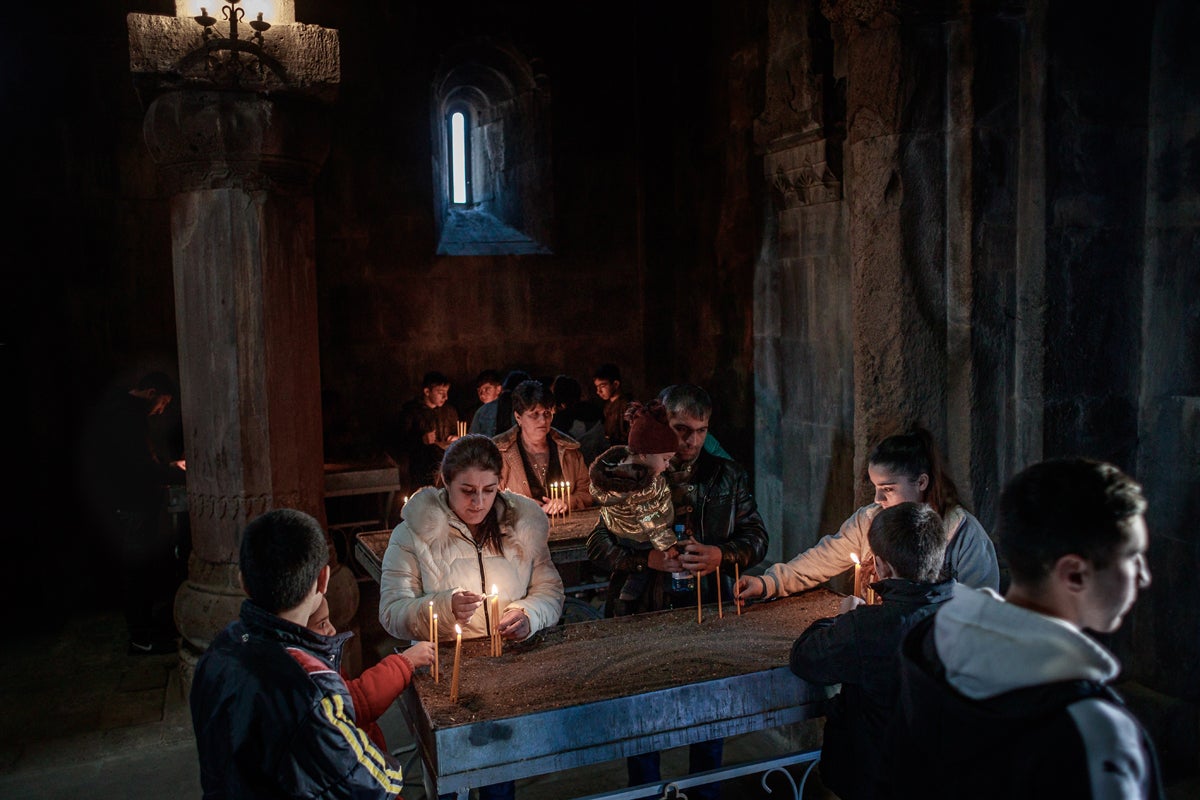
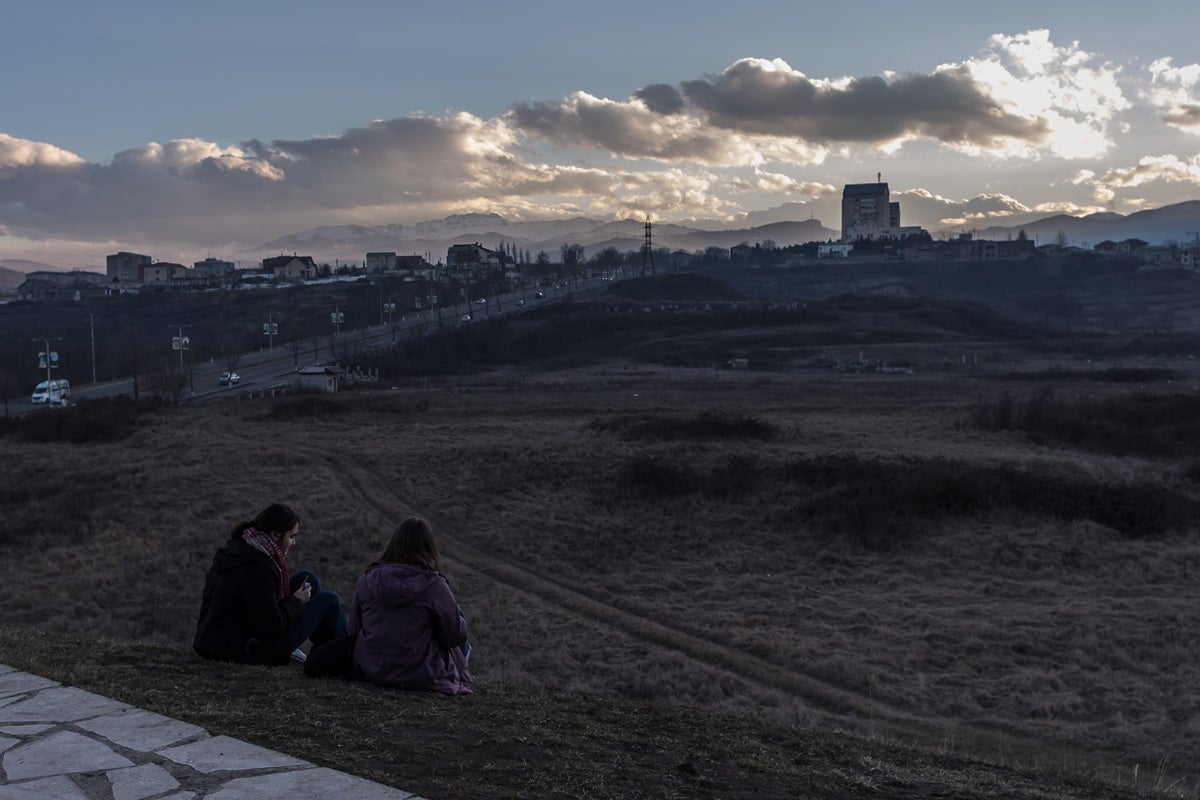
Rebuilding
People who have lived through war know well that you cannot rebuild a house with tears. In Martuni, one of the most affected towns by the shelling, men are busy at work, erasing the wounds of war. A two-storey house on the corner of a residential street belongs to Hratchik Avakian, a retired grocer. His home was one of 800 others that were destroyed in shelling on 27 September. It will be rebuilt, like the others, he insists.
Across town at the Monte Melkonian school, which has already repaired its roof, director Narine Kevorkian has been welcoming students for a few days.
She takes special care of those who have lost a father or a brother as well as their house, which is now on the other side of the separation line. Thirty children are refugees from territory that was lost and 20 of them are orphans or have lost relatives.
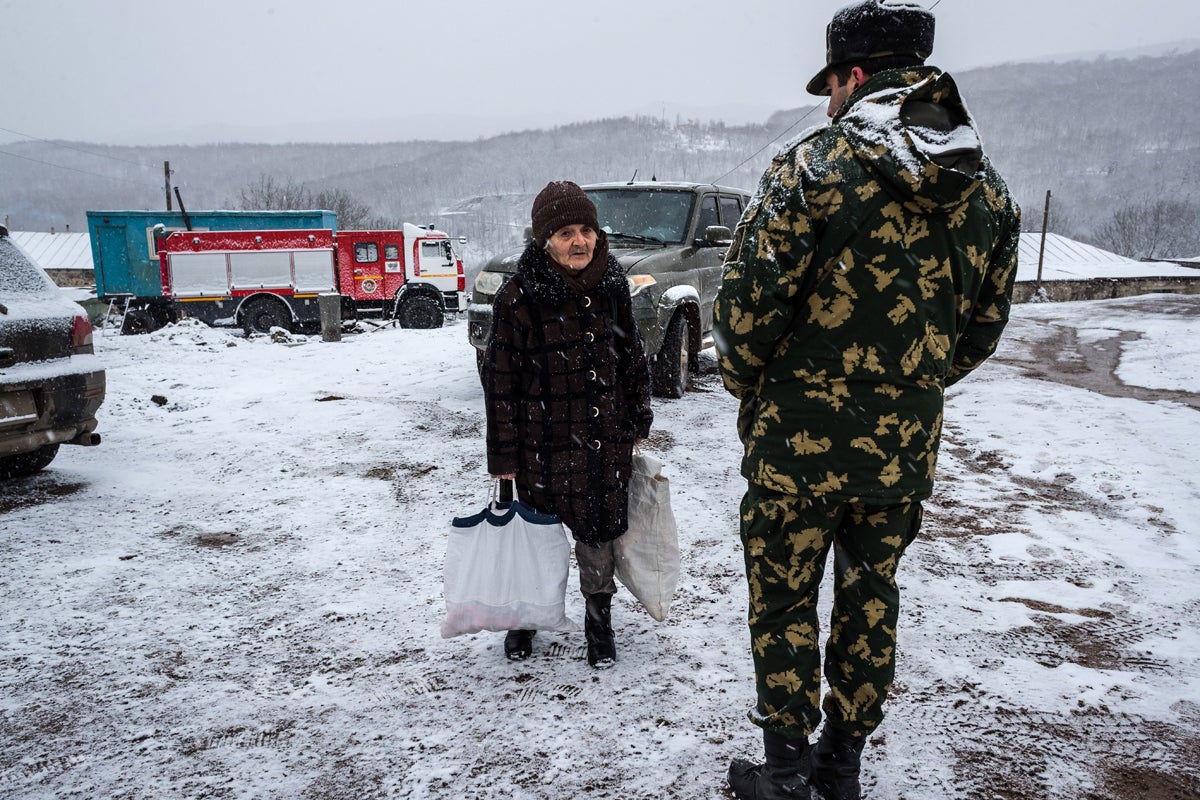

A long queue of exhausted refugees forms outside the Red Cross Aid Distribution Centre in Stepanakert. They had tried to find refuge in neighbouring Armenia but now they are coming back home after the Yerevan government promised to help pay for their return.
According to Hayk Khanumyan, of the Social Affairs Ministry, 10,000 families lost their homes and fled the combat zones.
In Karabakh political tensions are on the rise. Some want answers, and there are voices demanding that those responsible for the bloodshed be punished and a complete change of the failing leadership.
Despite the resentment, people are mostly frightened of a resumption of the conflict.
EPA



Join our commenting forum
Join thought-provoking conversations, follow other Independent readers and see their replies
Comments